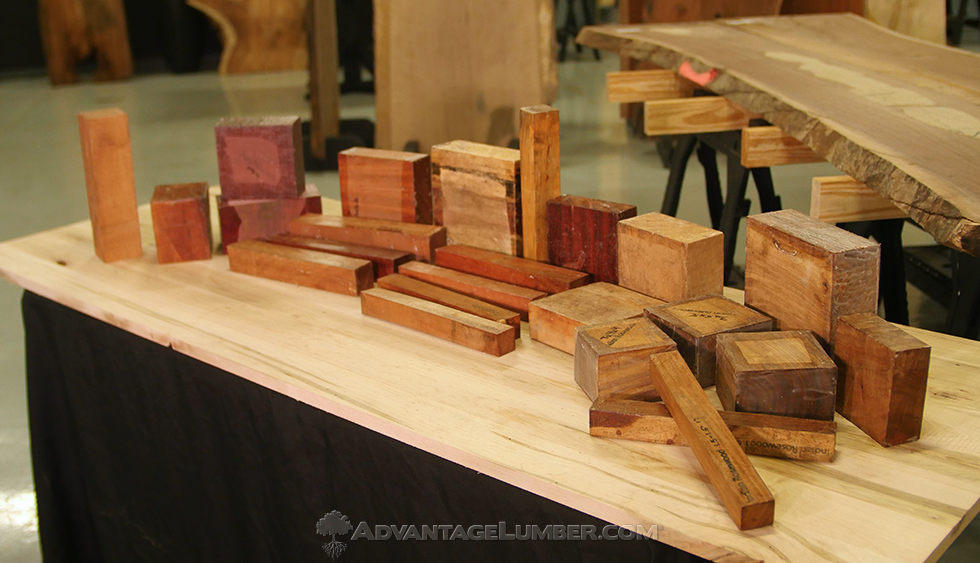- Scientific Name
- Ficus benghalensis
- Common Name(s)
- Banyan, Chinese banyan, Malayan banyan, Taiwan banyan, Indian laurel, Curtain Fig, or gajumar, Cuban laurel
- Distribution
- Asia-through out the forest tracts of India, both in sub-Himalayan region and in deciduous forests of Deccan and other parts of South India but frequently cultivated elsewhere in the tropics.
- Janka Hardness
- 2,340 lbf (10,390 N)
- Modulus of Rupture
- 14,710 lbf/in2 (101.4 MPa)
- Shrinkage
- Radial: 4.8%, Tangential: 7.4%, Volumetric: 13.2%, T/R Ratio: 1.5
- Rot Resistance
- Perishable. Timber is not durable in exposed condition, but quite durable in dry conditions under cover.
- Workability
- Dries easily, liable to warp
- Odor
- No characteristic odor.
- Allergies/Toxicity
- The latex of various species of Ficus can cause allergic skin reactions and contact with the eyes should be avoided.
- Sustainability
- This wood species is not listed in the CITES Appendices or on the IUCN Red List of Threatened Species.
- Common Uses
- Wood slabs, boxes, building poles, carpentry, cases, containers, furniture, posts, pulp, roundwood
- Comments
- As the Banyan tree grows, its lateral branches send down supporting branches that become absorbing roots when they reach the ground, which then turn into their own trunk-like structure. The host tree is eventually strangled as the Banyan continues to send out more branches and roots/trunks. The mature banyan’s canopy may cover an area more than 1,000 feet in diameter. The Banyan Tree is considered sacred in India. It’s believed that in 1925, the very first Banyan tree made its way into the United States from India and was planted by Thomas Edison himself on his Ft. Myers estate. During WWI, Thomas Edison became concerned with America’s reliance on foreign sources of rubber. He partnered with Harvey Firestone and his good friend Henry Ford to find a rubber tree or plant that could grow quickly in the United States. Banyan was one of the trees planted in this attempt to isolate a suitable plant protein. The wood from the root branches is considerably stronger and more useful. It is used for wall art, table slabs, tent poles, yokes, shafts, and other load-bearing wood products.


